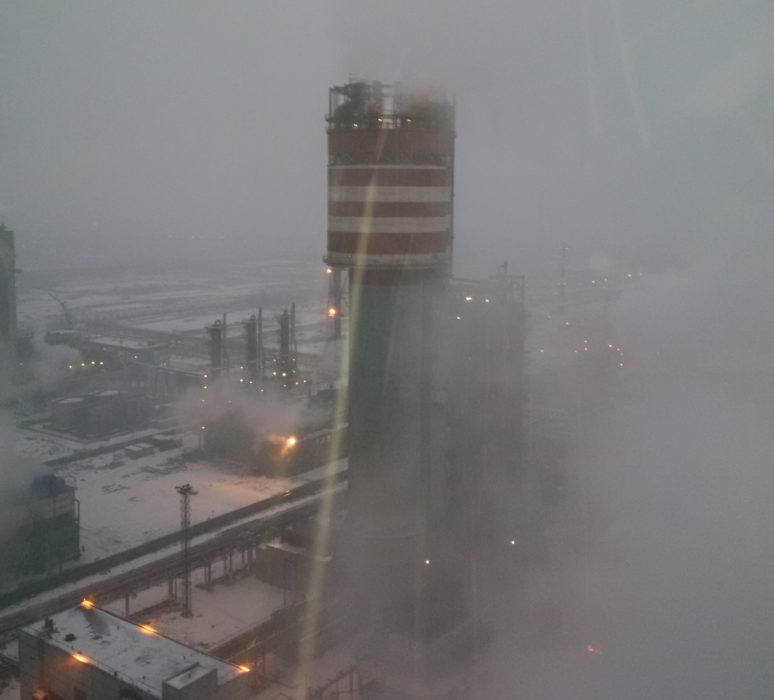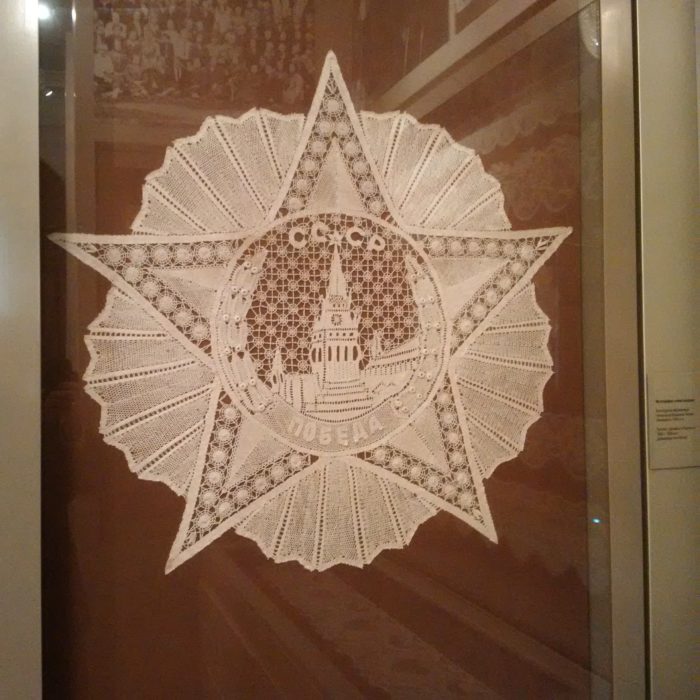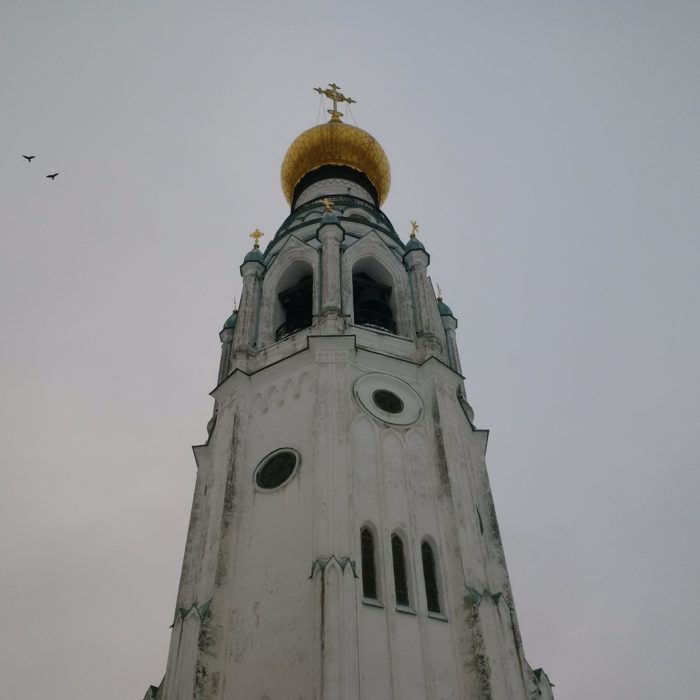1st December 2016
Visit to Vologodskaya region, home of Russia’s largest steel company and the first Russian Ambassador to Britain

Vologodskaya region is at the southern end of my consular district, Russia’s large North West Federal District. The two main cities are the regional administrative centre, Vologda, and the industrial centre, Cherepovets. Both lie approximately half way between Moscow and St Petersburg. I was keen to see and hear more about this region of Russia, which I knew had a rich history and was today home to some of Russia’s largest companies.
Cherepovets is home to Russia’s largest steel company, Severstal, and also one of the largest producers of phosphate fertilisers in Europe, Phosagro. Both companies are listed on the London Stock Exchange. UK companies were keen to explore potential opportunities with these companies, so we organised a visit to Cherepovets. Both Severstal and Phosagro are hugely important to Vologodskaya region, with Severstal representing 66% of the region’s economy. Severstal also has a fascinating Museum of Steel Industry. We were given a tour of Phosagro’s facilities, including the 100 metre high granulation tower, which was a challenging experience in snowy conditions. Phosagro has an interesting partnership with UNESCO on a ‘Green Chemistry for Life Programme’.

The following day I drove east to the regional administrative centre, Vologda. This is one of the most historical cities of Russia and was apparently a favourite of Ivan the Terrible back in the 16th century. The Kremlin and the beautiful St Sofia’s Cathedral are of course at the heart of the old city and a must see for every visitor. A surprise for me was the fascinating Museum of Lace, which sits directly opposite to St Sofia’s Cathedral. I confess that I was not overly excited about the prospect of visiting a lace museum but I am glad I did. The impressive museum, with modern displays and lighting and descriptions in Russian, English and French, told the story of Vologda’s rich tradition of lace making. The museum contains many beautiful examples of Vologda lace.

Vologda also has an interesting diplomatic heritage, which is worth noting as we commemorate the 450th anniversary of the appointment of the first British Ambassador to Russia, Anthony Jenkinson. The British explorer and trader, Richard Chancellor, arrived in Arkhangelsk in 1553 and was invited to Moscow to meet Ivan the Terrible. The Muscovy company was established to facilitate trade between Russia and Britain. Apparently Britain established a trading office in Vologda and Ivan the Terrible decided to send a native of Vologda, Osip Nepeya, to Britain with Chancellor as Russia’s first Ambassador to Britain in 1556. Unfortunately Chancellor was lost at sea during the voyage but Nepeya made it safely to England.

I had also heard that Vologda was home to the Museum of the Diplomatic Corps. Unfortunately the museum closed in 2012 but it does have an interesting story. Russia’s capital, Petrograd, was in turmoil in February 1918 with World War One and the Russian Revolution. A decision was taken by a number of embassies to relocate to somewhere safer. Apparently the US Ambassador studied his map and picked Vologda. Other embassies followed, including a British representative. The group of diplomats stayed in Vologda until July before moving further away to Arkhangelsk. The latter does of course have its own special history from this period with British and Allied forces being based there during what became known as the Allied Intervention period. The Museum of the Diplomatic Corps has indeed closed but the old wooden building which was the US Embassy remains.

Vologda does indeed have a rich heritage, which includes its famous lace and butter. The region is keen to diversify its economy and has had significant success developing the caviar sector. Indeed, over 20 tonnes of caviar was produced in Vologda in 2015, which is around 60% of the total produced in Russia. As someone who has serviced on the shores of the Caspian Sea, this was a surprise to me, but Vologda has made the most of the ban on sturgeon fishing and wild caviar in the Caspian and has developed a strong business around sustainable, farmed sturgeon.

This was an interesting and enjoyable couple of days in Vologodskaya region. St Petersburg is of course a beautiful city to be based in but in many ways the most interesting and enjoyable part of my job is to get out and travel around the regions. This allows me to explore some of the rich history between the UK and Russia but also to help support new relationships and people to people contact and cooperation. I am optimistic that we will see some new partnerships with Vologodskaya region.